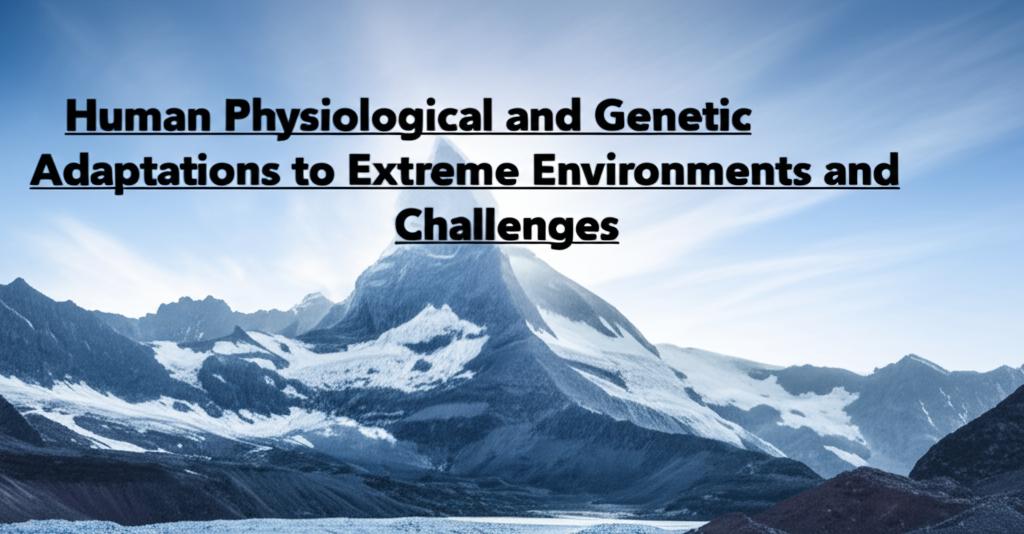Humans possess a remarkable ability to survive and thrive in some of the planet's most challenging environments. This resilience stems from a combination of physiological flexibility (acclimatization) and deeper, genetic adaptations honed over millennia by natural selection.
Living at high altitudes, such as the Tibetan Plateau or the Andes Mountains, presents the significant challenge of reduced oxygen availability (hypoxia). Populations native to these regions showcase distinct evolutionary solutions. Tibetans, for example, have genetic variants, notably in the EPAS1 gene, which allow them to maintain lower hemoglobin levels while enhancing oxygen delivery through increased breathing frequency and blood flow, thus avoiding the risks associated with thick blood (polycythemia) commonly seen in acclimatizing lowlanders or even Andean highlanders. Andeans, conversely, tend to adapt through higher hemoglobin concentrations, representing a different evolutionary path to cope with thin air. These adaptations highlight how different populations can evolve unique biological strategies for the same environmental stressor.
In frigid polar regions, indigenous groups like the Inuit display fascinating adaptations to extreme cold. Genetically, they possess variations in genes involved in fat metabolism, allowing them to efficiently process fatty diets rich in marine mammal lipids and generate body heat (thermogenesis) more effectively. Specific genes, like UCP1, are linked to brown fat activation, which produces heat without shivering. Physiologically, they exhibit enhanced peripheral blood flow regulation to prevent frostbite while minimizing core body heat loss.
Conversely, populations in hot, arid environments have developed strategies to cope with heat stress and dehydration. Physiologically, acclimatization involves increased sweat rates and more dilute sweat to maximize evaporative cooling efficiently, alongside cardiovascular adjustments. Long-term residents often exhibit lower metabolic rates, reducing internal heat production. While specific genetic adaptations for heat tolerance are less well-defined than those for cold or altitude, variations in genes related to hydration, kidney function, and heat shock proteins likely play a role in enhancing survival in deserts.
Even aquatic environments have shaped human biology. The Bajau people of Southeast Asia, known as "Sea Nomads," spend much of their lives diving. Research has revealed they have genetically larger spleens compared to neighboring non-diving populations, linked to the PDE10A gene. The spleen acts as a reservoir for oxygenated red blood cells, releasing them during dives to extend underwater time. This represents a clear genetic adaptation to a lifestyle involving frequent or prolonged breath-holding.
These examples underscore the dynamic interplay between human biology and extreme environments. While physiological acclimatization provides short-term coping mechanisms, genetic adaptations embedded in our DNA offer enduring solutions, shaping the unique biological heritage of populations worldwide and continuing to drive human evolution in response to environmental pressures.

